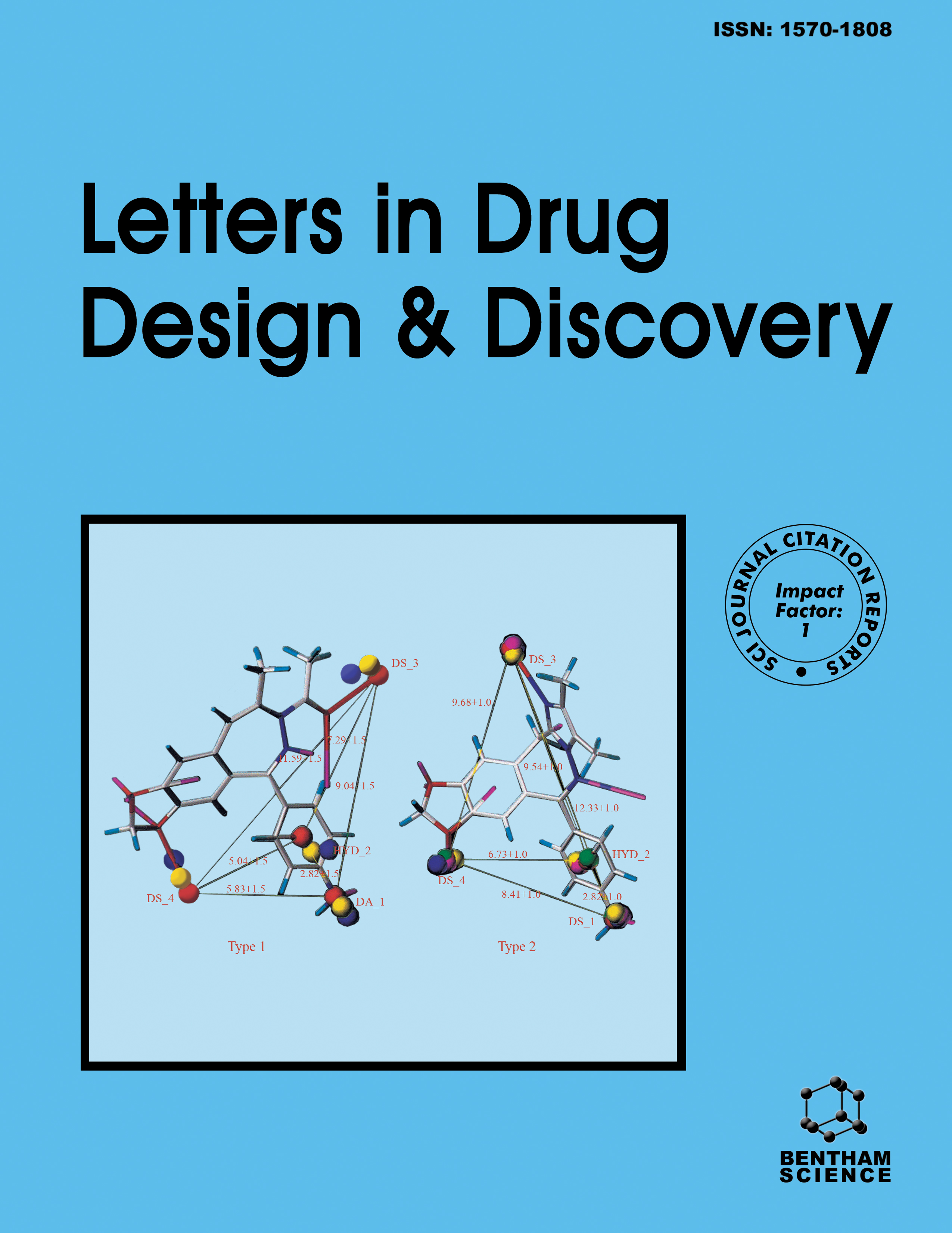
Full text loading...
We use cookies to track usage and preferences.I Understand
Cinnamic acid, derived from Cinnamomum cassia, is a natural compound known for its wide-ranging therapeutic properties and minimal toxicity. Extensive research has demonstrated the diverse biological activities displayed by cinnamic acid derivatives, encompassing their potential as agents against cancer, diabetes, microbial infections, tuberculosis, malaria, and more.
This review aims to provide an overview of the latest applications detailing the biological activity of cinnamic acid derivatives, as documented in patents.
The published patent data underwent a prior screening and selection process based on their relevance and primary focus: the biological activities of cinnamic acid derivatives as potential drugs. Espacenet, USPTO, and Google Patents were used for this selection.
Cinnamic acid derivatives demonstrate a range of activities, including anticancer, antibacterial, anti-inflammatory, analgesic, anticholinesterase, and other properties. These biological activities were investigated across different derivatives, emphasizing their pharmacological potential when compared to reference compounds.
Despite several patents have explored the biological properties of cinnamic acid derivatives, there has been a lack of a comprehensive review dedicated to this subject. Accordingly, this review aims to facilitate the discovery of new and diverse potential drugs with various therapeutic profiles.

Article metrics loading...

Full text loading...
References


Data & Media loading...

